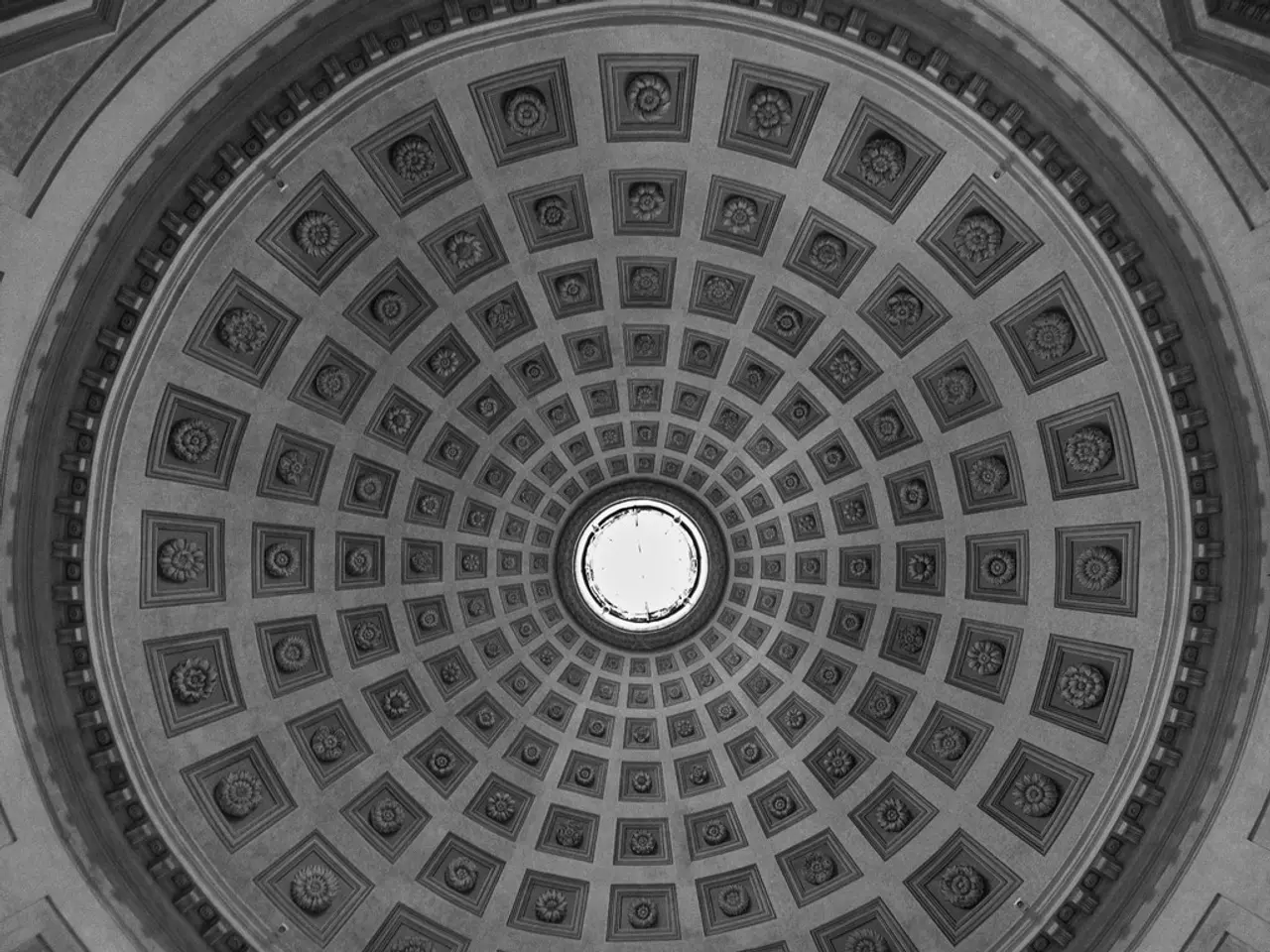Deciding Between Stamped Metal Roofing and Traditional Metal Roofing: A Comparison Guide
Choosing the right roofing material is crucial for any home project, as it significantly impacts both the aesthetics and the roof's ability to withstand environmental challenges. Two popular choices are stamped metal roofing and traditional metal roofing, each with its unique advantages and disadvantages.
Stamped Metal Roofing
Stamped metal roofing offers a versatile aesthetic, mimicking the appearance of traditional materials like shingles, slate, or tile. This allows homeowners to achieve a classic look while benefiting from the longevity and performance of metal. With a lifespan of around 40–50 years, stamped metal roofing is highly durable, resisting rust, mold, pests, and weather damage.
Maintenance is minimal with stamped metal roofing due to its corrosion resistance and robust construction. Furthermore, the energy efficiency of these roofs is impressive, as metal's reflective surfaces help reduce cooling costs by reflecting solar radiation.
However, stamped metal roofing tends to have a higher upfront cost compared to traditional shingles and may be somewhat more expensive than basic metal panels due to added manufacturing complexity. Precision installation is necessary to maintain the aesthetic look and performance, possibly requiring specialized installers. Additionally, while stamped metal is often quieter than basic standing seam panels, metal roofs may still be noisy under heavy rain without proper insulation.
Traditional Metal Roofing (e.g., Standing Seam or Ribbed Panels)
Traditional metal roofing, such as standing seam or ribbed panels, boasts exceptional durability and longevity, with a lifespan of 40–70 years or more. These roofs are known for their superior storm resistance, withstanding hail, wind, snow, and fire. They are also highly energy-efficient, reflecting heat well to reduce cooling costs, and require minimal maintenance due to their resistance to mold, mildew, pests, and corrosion with proper protective coatings.
The eco-friendliness of traditional metal roofing is another advantage, as many metal roofs use recycled materials and are recyclable at end of life. However, traditional metal roofing generally costs 2–3 times more than asphalt shingles, and specialized labour may increase expenses further. Installation can also be lengthy, particularly for standing seam panels, which can extend project timelines.
The visual style of traditional metal roofing may not appeal to all homeowners who prefer a more traditional look, as standing seam and flat metal panels have a sleek, modern appearance. Additionally, traditional metal roofs can be noisy under heavy rain if not properly insulated.
A Comparison
| Feature | Stamped Metal Roofing | Traditional Metal Roofing (e.g., Standing Seam, Ribbed Panels) | |-----------------------------|-----------------------------------------------|------------------------------------------------------------------| | Appearance | Mimics traditional roofing materials (shingles, tile, wood) | Distinct metal look, modern and sleek | | Durability | 40–50 years | 40–70+ years | | Maintenance | Low | Low | | Energy Efficiency | High | High | | Upfront Cost | Generally higher than basic metal panels and shingles | Higher than stamped metal and shingles | | Installation Complexity | Requires skilled installers for aesthetics | Requires precision, skilled installers | | Noise (rain impact) | May be quieter than standing seam | Can be noisy without proper insulation | | Storm Resistance | Very good | Excellent | | Eco-friendliness | Often recyclable | Often recyclable |
In conclusion, stamped metal roofing offers the aesthetic appeal of traditional roofing with metal’s durability but at a somewhat higher cost and installation complexity than basic metal panels. Traditional metal roofing provides outstanding longevity, storm resistance, and energy savings but may not suit all architectural styles and generally requires a higher upfront investment. Your choice depends on your budget, desired look, and willingness to invest in a long-lasting, low-maintenance roof.
For expert guidance on stamped metal roofing and traditional metal roofing, homeowners can contact Heather & Little to explore the benefits of these options and receive a free quote.
In the realm of home-and-garden projects, the lifestyle factor is crucial when considering different roofing materials. Stamped metal roofing, with its ability to emulate traditional materials like shingles, slate, or tile, provides homeowners an opportunity to marry modern performance with a classic aesthetic touch. On the other hand, delving into technology, traditional metal roofing, such as standing seam or ribbed panels, showcases exceptional durability and longevity, often boasting an eco-friendly edge due to its recyclable nature.





